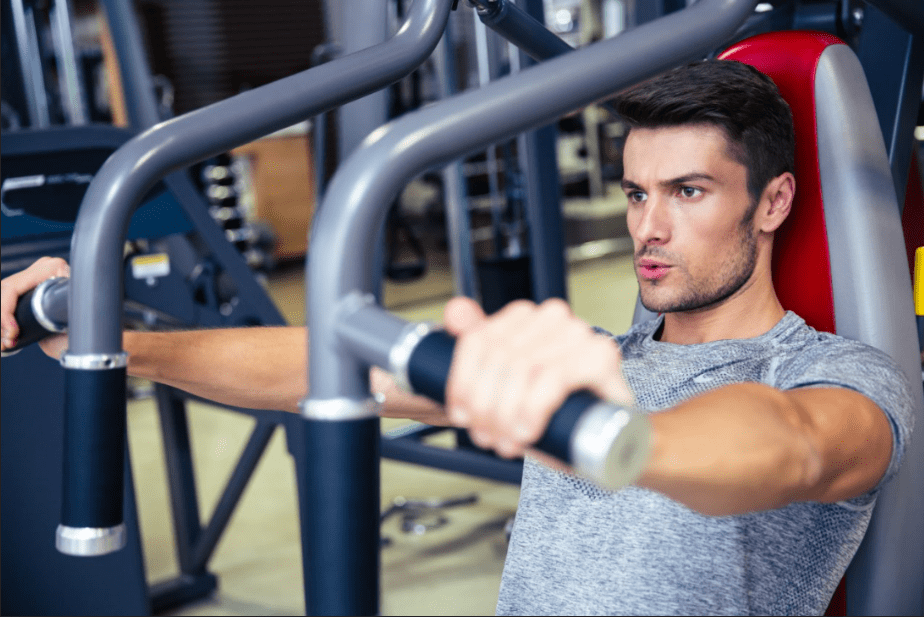We have all heard the expression ‘no pain, no gain’.
Some soreness after exercise is normal, particularly if you haven’t been to the gym for a while, or tried a new regime. Some people wear their post-workout pain like a badge of honour – the sign of a good session.
But not all exercise-related aches were created equal, and its important to know the difference between good and bad pain, as well as whether you should push through it or stop and seek help.
The good pain
Feeling achy and stiff after a new HIIT class? Having trouble walking down the stairs after upping the weight on the squat rack? This is generally attributed to delayed onset muscle soreness or ‘DOMS’.
Changing or increasing the intensity of your workout can lead to microscopic tears in the muscle fibres, causing them to swell. As the fibres repair themselves, this can result in some discomfort for between 24 and 48 hours after you exercise.

DOMS is generally caused by an eccentric muscle contraction – that’s the portion of the exercise move where you lengthen the muscle under an opposing force or weight, like releasing a bicep curl.
This discomfort is not a bad thing; it’s simply what happens when your muscles are working harder or differently from what they are used to.
Equally, unless you’re a bodybuilder looking for significant muscle gains, you shouldn’t be aiming for it. Just because you don’t get DOMS doesn’t mean you haven’t worked hard so don’t judge the success of a gym session based on how painful it is to climb a flight of stairs the next day.
Ultimately, if you perform exercises correctly and you warm up and cool down properly, you shouldn’t really have any pain that lingers.
The bad pain
We are often encouraged to push through this low-grade soreness with low-impact or light exercise to improve blood flow to the muscles and speed up recovery, which is why it can be difficult to know if you have sustained a more serious injury.
Certain types of pain, range of motion and recovery time can all serve as indicators as to whether to stop and seek help. Concerned? Ask yourself these questions:
What is the reason I am feeling this pain?
Have you been to the gym for the first time in a while? Started a new training regime or increased your weights? That could account for any general soreness you are feeling. By contrast, if you haven’t changed your workout and are experiencing a lot more pain than usual, this could indicate an injury.
What sort of pain is it?
DOMS usually manifests in muscular aches and stiffness, and you should have full range of motion despite some discomfort.
If the pain is more like a burning, numbness, pins and needles, or you have lost strength or power, then it could be a sign of a nerve injury. Equally, take note of the site of the pain – if your back hurts after doing abdominal exercises, you might not be performing the exercise correctly.
How bad is the pain?
Is it preventing you from functioning normally or hindering your day-to-day activity? Do you need pain relief? Is the level of pain higher than a five out of 10? If you answered yes to any of these then it’s probably more serious than DOMS.
How long has the pain lasted?
After a day or so, any post-workout pain should be subsiding, or at the very least not getting any worse. If you don’t see any improvement after day two, get it checked out. The same goes for rehabilitation programmes.
Training sessions are always going to be tough, but the pain shouldn’t last longer than about 20 minutes after the session. If it does, you are pushing yourself too hard and should slow down to prevent any setbacks.
 Ashleigh Weinand is lead clinical physiotherapist at Ultra Sports Clinic ultrasportsclinic.com
Ashleigh Weinand is lead clinical physiotherapist at Ultra Sports Clinic ultrasportsclinic.com







